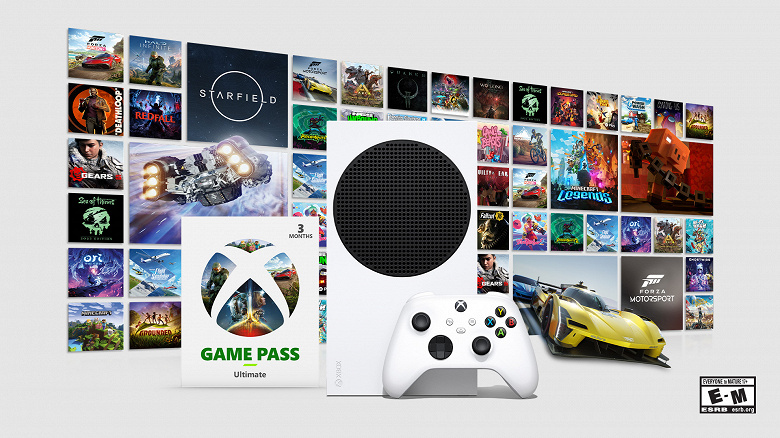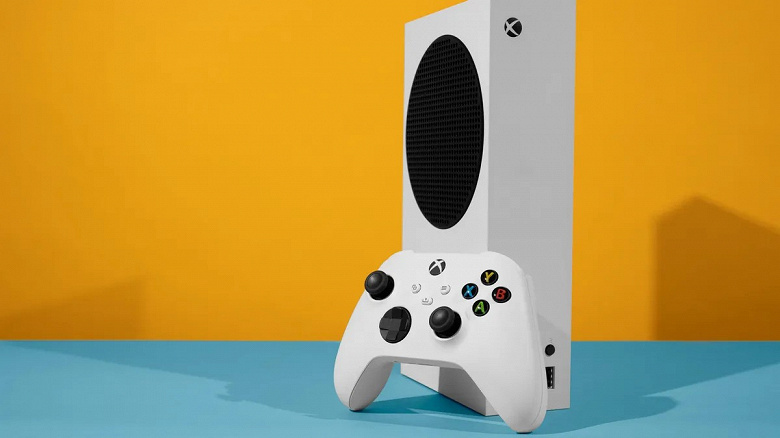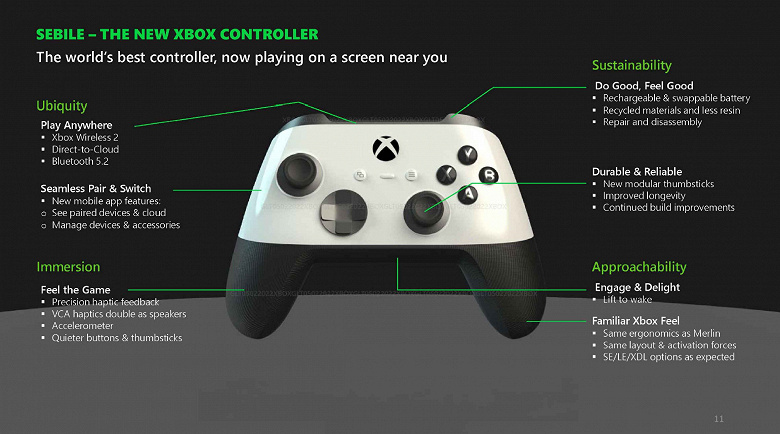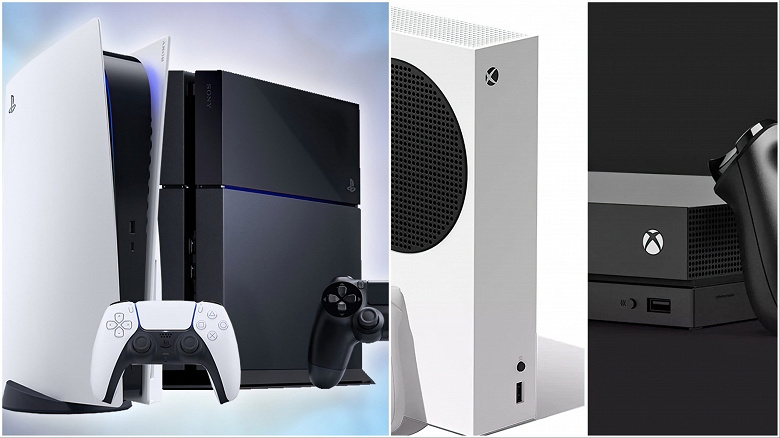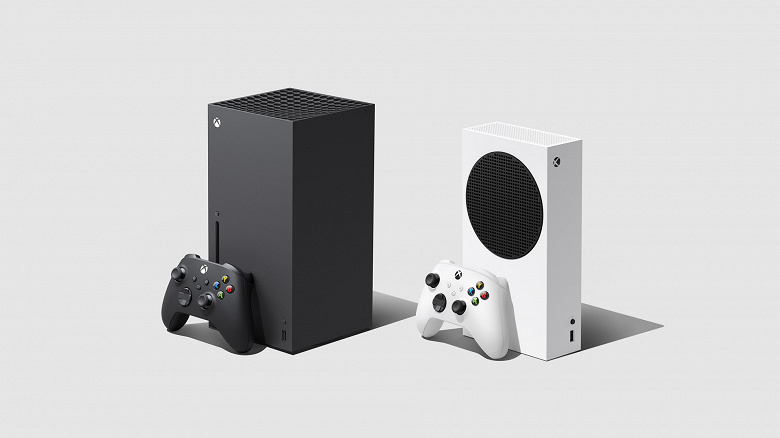Xbox Series S mini-console mini review: Series X hotter, but not a problem
Following the Xbox Series X, we got at our disposal Microsoft’s junior next-generation console, the Xbox Series S. We ran it in several games and saw how the cooling system copes with its responsibilities. The results are interesting.
The Series S is on par with the Series X in many respects. This includes backward compatibility with Xbox One accessories, responsiveness in the console menus, loading speed of applications and games, and fast switching between the latter thanks to Quick Resume. If you want to read about it, take a look at our review of the older console – the Series S is exactly the same.
Everything is also known about the size of the internal SSD in Series S: out of 512 GB, 364 GB are available for installing games, the rest is reserved for the needs of the system, and the operation of Quick Resume. The Series S is geared towards 1440p, not 4K like the Series X, so games can weigh less than the older console. But this is left to the discretion of each individual developer – for example, DiRT 5, Sea of Thieves, and Gears 5 require 20-60% less space, and Assassin’s Creed Valhalla now takes 46.7 GB on both Series X and Series S …
For clarity, 364 GB is Red Dead Redemption, Red Dead Redemption 2, The Touryst, Gears 5, The Witcher 3: Wild Hunt, Forza Horizon 4, and Assassin’s Creed Valhalla. After installing a few lightweight apps like YouTube and these seven games, the Series S has only 2.5GB left, which is enough for saving. Those who prefer to keep a dozen or two games on the console at once should think about either an external Seagate Storage Expansion Card or buying a Series X (it provides the user with 802 GB).
Recall: in terms of computing capabilities, Series S differs from Series X by a 200 MHz lower core frequency of the custom 8-core Zen 2 CPU (3.6 GHz versus 3.8 GHz); custom GPU based on RDNA 2 architecture has 20 compute units, not 52 (operating frequency: 1.565 GHz versus 1.825 GHz); the memory size has been reduced from 16 GB to 10 GB (of which 8 GB are available for games), and the memory bus width has been reduced from 320 bits to 128 bits. All this is aimed at the same 60 fps with support up to 120 fps, as in the Series X, but in a different resolution – where the older console is aiming at full 4K, the younger is content with 1440p.
We were interested to know how this all affected the operating temperatures. The graphics subsystem of the Series S is three times weaker than the Series X (4 teraflops versus 12 teraflops), but at the same time 333.3 times more powerful than the old Nintendo Wii with comparable dimensions:
- Xbox Series S: 4 teraflops, 6.5 × 15.1 × 27.5 cm
- Nintendo Wii: 12 Gflops, 6 x 15.7 x 19.7 cm
We measured temperatures in the console menus and in the same six games that tested Series X temperatures: Red Dead Redemption (Xbox 360 backward compatible), Red Dead Redemption 2 (Xbox One backward compatible), The Tourist (Optimized for Xbox Series X | S “), Gears 5 (” Optimized for Xbox Series X | S “), The Witcher 3: Wild Hunt (backward compatible with Xbox One), Forza Horizon 4 (backward compatible with Xbox One). The tool is the same – the FLIR TG165 thermal imaging infrared thermometer.
During the measurements, the Series S was connected to a 4K TV, when output to which the picture is scaled in 4K by the built-in hardware of the console.
As you can see, the Series S demonstrates higher absolute values than the three times higher performance of the Series X. This can be explained by a different exhaust design: if in the Series X hot air leaves the case in a uniform stream going out over the entire area of the top panel, then the Series S throws it into mainly along the outer radius of the hole above the fan of the cooling system (while the central part of the black circle of the “Soviet radio” is practically not involved in the process).
It is curious that there is practically no difference between the vertical and horizontal positions (Series X, recall, warmed itself a little more lying on its side). Based on the thermal images of the rest of the Series S, this is a normal operating mode for the cooling system. Therefore, the owners of both new Microsoft products can be advised one thing – do not hide consoles in deep niches and other places with limited airflow if you want to provide them with a long and trouble-free life. Well, the long-term operation will show whether there are flaws in the cooling schemes chosen by the engineers of the Redmond giant.
Xbox Series X and Xbox Series S went on sale today, November 10th. The first will cost Russian buyers 45,590 rubles, the second is estimated at 26,990 rubles.

